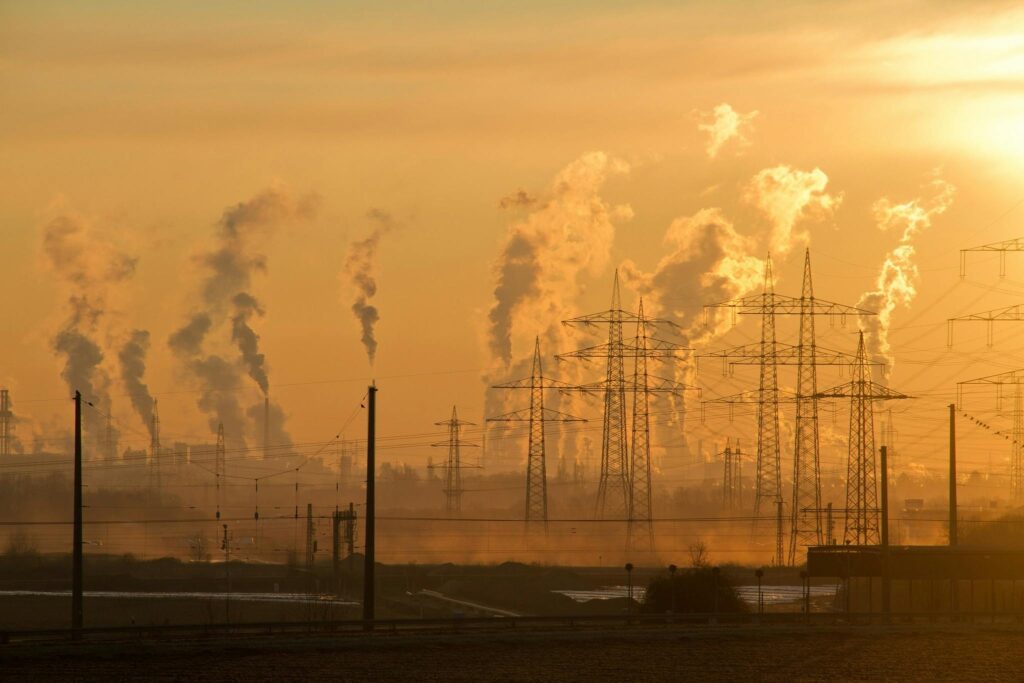In recent months, Iran’s state-run media has framed President Masoud Pezeshkian’s order to halt mazut (heavy fuel oil) burning in power plants across Arak, Karaj, and Isfahan as a major achievement for the government. Yet this decision comes with a significant downside: cutting back on mazut use, while it may reduce pollution, is likely to trigger power outages as demand rises during the colder months.
Air Pollution vs. Energy Shortages
Iranian officials argue that limiting mazut use is intended to tackle the severe winter air pollution affecting major cities. Mohammad Jaafar Qaimpanah, Iran’s Executive Vice President, has admitted that the decision will likely lead to reduced electricity production and warned the public to expect scheduled blackouts. “We apologize in advance to the people for these blackouts,” he stated, adding that the Energy Ministry will communicate specific blackout schedules. “We have no choice because we cannot watch people die from air pollution,” Qaimpanah said, justifying the measure.
The statistics behind this decision underscore the gravity of the situation. In December 2023, Mohsen Pirhadi, a parliament official, noted a 90% increase in deaths linked to air pollution over the past year. Citing data on the public health impacts, he explained that air pollution-related deaths in Iranian metropolises nearly doubled from 11,000 in 2020 to over 20,000 in 2021.
Why Does Iran, with Massive Gas Reserves, Face Power Shortages?
Despite holding one of the world’s largest natural gas reserves, Iran struggles with an energy crisis. Approximately 80% of the country’s electricity is generated in thermal power plants that primarily rely on natural gas. Narsi Ghorban, an energy expert, attributes this paradox to international sanctions, which have hindered Iran’s access to the technology and investment needed to expand its gas production capabilities. These sanctions, which stem from Iran’s nuclear ambitions and its support for regional militant groups, have stymied foreign investment, even from allies like China and Russia.
Official reports indicate that Iran required at least $250 billion in investment to modernize its oil and gas industries by 2023 to meet its domestic demand. However, Iran’s energy sector has continued to languish under inadequate funding, and the effects are evident in the regular power shortages that disrupt daily life and business. In the summer of 2024, widespread power cuts impacted households, production sites, and industrial towns, sparking public outcry and affecting even government officials. Mansour Alimardani, a representative from Abhar, lamented that these outages “left many artisans in the dark, destroying their businesses.”
The Looming Winter Crisis
As winter approaches, Iran’s power plants face an even greater challenge. The surge in domestic gas consumption for heating, coupled with high demand from various industries, means that gas shortages are inevitable. Iran’s cement industry, which had just begun recovering from summer restrictions, is now facing limitations on both gas and mazut supplies. The Secretary of the Cement Industry Trade Union highlighted this issue, saying, “From mid-October, gas restrictions were imposed on the cement industry much earlier than usual, and this year, we are also seeing limitations on mazut supply.”
Adding to these challenges, Pezeshkian recently admitted that Turkmenistan, a critical gas supplier to Iran, has declined to sign a new contract. Turkmen officials reportedly cited Iran’s failure to meet payment obligations as a reason for this decision, leaving Iran with few options to address its looming energy crisis.
The Social Consequences of Power Cuts and Gas Shortages
The immediate risk is that rolling blackouts and gas shortages will provoke public anger, potentially reigniting protests similar to those seen in previous years. In response to past protests, the government has often been forced to reverse restrictive measures and resume burning mazut in power plants to stabilize electricity supply, even at the expense of urban air quality.
Iraq’s Minister of Electricity, Ziyad Ali Fadhil, announced in early 2024 that Iraq would supply mazut to Iran in exchange for Iranian gas during peak summer demand. This exchange, though financially beneficial under U.S. sanctions, underscores the environmental costs: mazut is among the most polluting fuels, exacerbating the very air quality issues the Iranian government claims to be addressing.
Conclusion
Iran’s current energy policies are a double-edged sword, with the people paying the price. The government faces a difficult choice between cutting mazut use to improve air quality and maintaining it to avoid power outages. Meanwhile, the lack of international investment and sanctions continue to hamstring the country’s energy sector, creating a situation that seems to promise only more hardship for ordinary Iranians. This winter, the pressure on both the environment and the public will test the limits of Iran’s energy strategy and the patience of its people.

